CERAWEEK: Kuwait Petroleum plans offshore oil exploration for first time
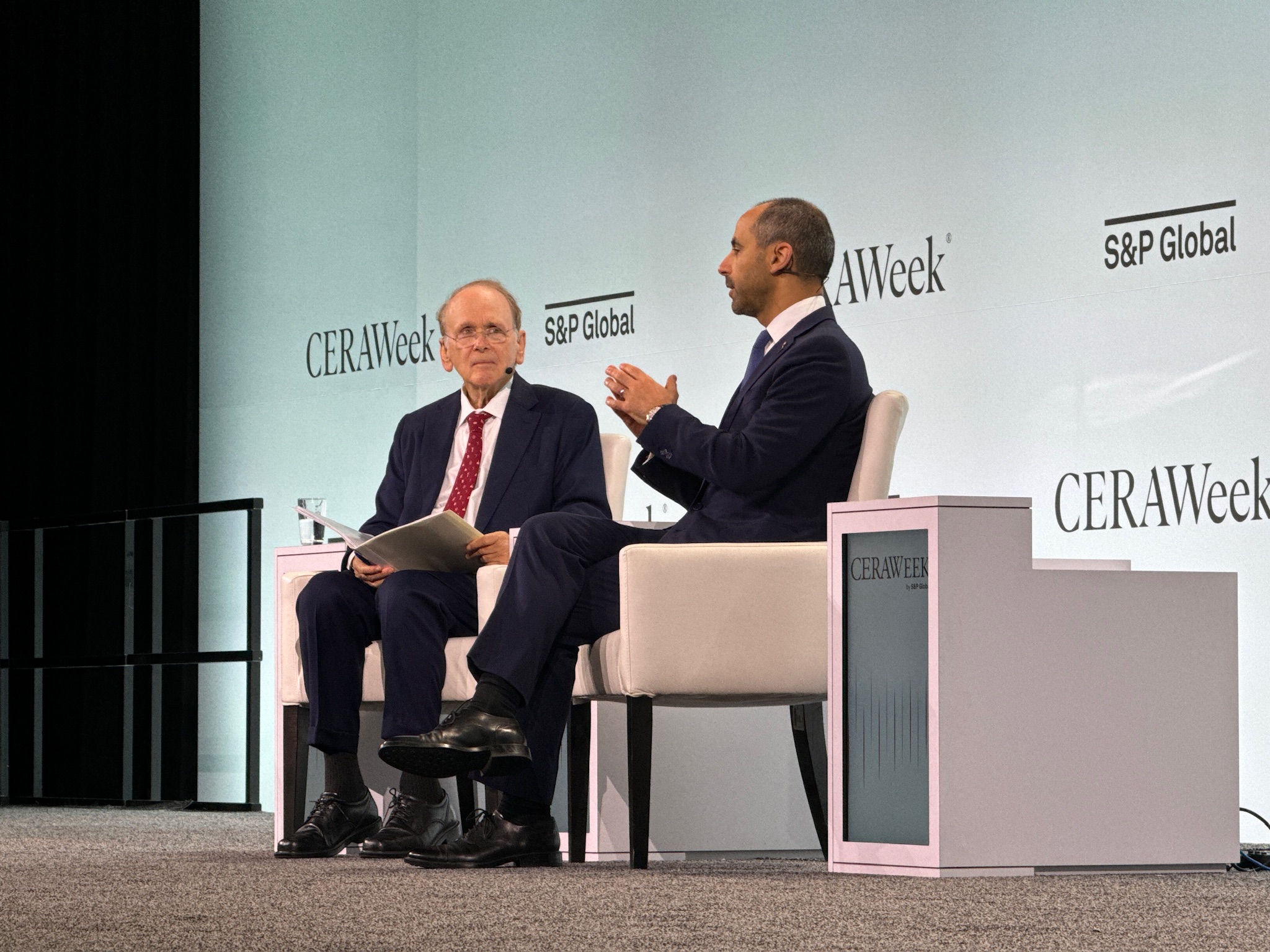
Kuwait Petroleum Corp. is planning to move offshore in the Persian Gulf for the first time and will seek help from international oil majors, the company's CEO said March 19, as the country aims to boost its flagging production capacity.
"We're looking at a new model to bring expertise from around the world," said Sheikh Nawaf al-Sabah, speaking at the CERAWeek by S&P Global conference.
Kuwait, which holds the world's seventh largest crude reserves, is currently producing below 3 million b/d capacity because of OPEC+ cuts but is seeking to expand to more than 4 million b/d, Sabah said, adding the emirate had lifting costs onshore of $10/b. The country pumped 2.44 million b/d in February, slightly above its quota, according to the latest Platts survey by S&P Global Commodity Insights.
In October, state-owned KPC unveiled its latest strategy with plans to hit 4 million b/d of capacity by 2035 and 2 Bcf/d of non-associated gas by 2040. The capacity additions are to come from its domestic fields, as well as the Neutral Zone it shares with Saudi Arabia.
Reaching those goals will require significant investments, with the country's main producing field, the Greater Burgan, facing natural decline, while other fields are proving technologically challenging to develop.
In the Neutral Zone, operational challenges have hampered plans to expand operations, which were restarted in 2020 after a hiatus of more than four years due to a political dispute with Saudi Arabia.
That dispute has now largely been settled, but competing claims on the offshore Durra gas field by Iran, which calls the reservoir Arash, have now reemerged, with Tehran saying in September that it would begin drilling there.
S&P Global previously reported that Kuwait and Saudi Arabia are expected to complete a pre front-end engineering and design study for the Durra field by the fourth quarter. The field is estimated to hold 20 trillion cubic feet (567 Bcm) of gas.
Durra "will be developed jointly between us and Saudi Arabia," Sabah said. "We are in the ... front end engineering and design stage of that process. We should be finishing that in the next few months and will take a final investment decision to start building ... moving on to development of that field."
Red Sea tensions
Sabah added that KPC had been forced to divert cargoes around the Cape of Good Hope because of attacks in the Red Sea and had started to swap some cargoes with counterparties between regions as a consequence of the disruption. He added that Kuwait Petroleum had also given its tanker captains "autonomy" on whether to sail into the Red Sea.
Iranian-backed Houthi militia have since October been targeting vessels transiting the southern Red Sea and the Gulf of Aden, in stated solidarity with Palestine in the Israel-Hamas war.
Further highlighting the geopolitical risks to Kuwait, on March 6, an Iranian court ordered the country's authorities to seize an estimated $50 million Kuwaiti oil cargo from a previously captured tanker, the Marshall Islands-flagged Advantage Sweet. The tanker, which had been chartered by Chevron and loaded Kuwaiti crude from Kuwait's Mina Saud port, was impounded by Iran's navy in April 2023, bound for Houston.
As for the energy transition, Sabah, who is a member of Kuwait's ruling family, said the emirate was acutely aware of the need to diversify its economy away from economic dependence on hydrocarbons. Kuwait relies on hydrocarbon revenues for some 90% of its government budget and has seen its Gulf neighbors Saudi Arabia and the UAE launch aggressive pushes into LNG, hydrogen and renewables, while using their oil revenues to expand their non-oil economic sectors.
Kuwait has yet to unveil similar strategies, with KPC's October strategy overhaul including consideration of green hydrogen, second-generation biofuels, renewables and carbon offsetting, among other greening measures, but without specific plans or timelines.
"Do not rely on the oil industry to continue to fund state budgets," Sabah said.
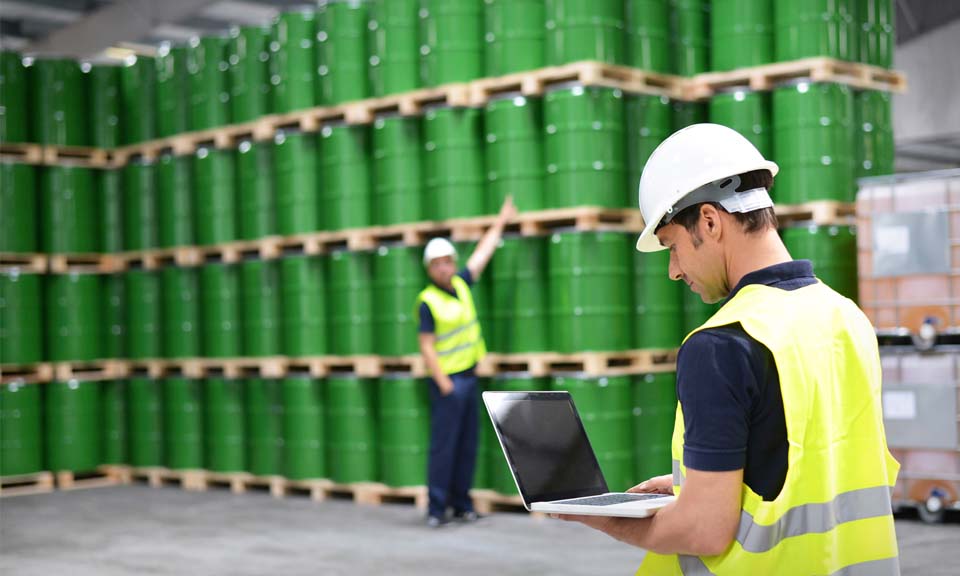
News
India’s role in global oil markets is set to expand at a fast pace by the end of the decade, making it the biggest hub for demand growth. Battling high prices, oil diplomacy with countries such as the US and Russia, as well as revival of flagging upstream production will be some of the key priorities for the new government. Related feature: INDIA ELECTIONS: Refining capacity, crude output, storage to top new government's oil agenda Click here for full-size infographic
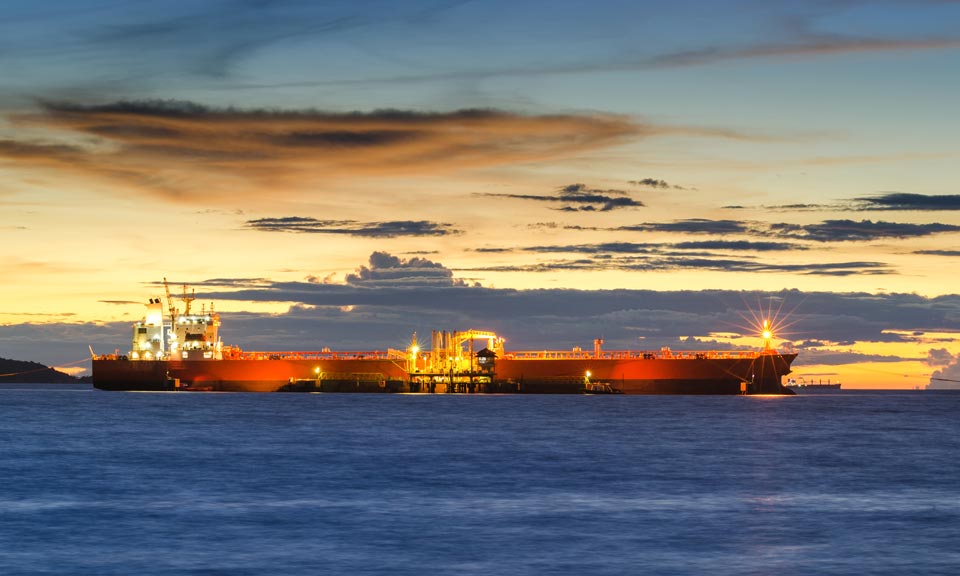
News
(Latest update: May 10, 2024) Related content: Russian crude exports by non-G7 tankers hit new high in April since price cap Russia, one of the world’s largest oil suppliers, has increasingly turned to non-Western firms to transport its crude to overseas buyers during its ongoing war with Ukraine . With a dual goal of undermining Russia’s war chest without creating significant disruptions to global supplies amid inflation pressure, G7 countries and their allies have banned tanker operators, insurers and other services firms from facilitating seaborne Russian crude exports unless the barrels are sold for no more than $60/b. The price cap regime, which came into force Dec. 5, 2022, does not directly cover tankers flagged, owned and operated by companies outside the G7, the EU, Australia, Switzerland and Norway, and not insured by Western protection and indemnity clubs. While such ships tend to be older and less maintained, their share in Russia’s crude exports market has been rising in recent months amid strengthening prices of Urals -- the OPEC+ member’s flagship crude grade -- and tightening sanctions enforcement by the West. Non-price-capped tankers have a larger market share in shipping Russia’s Pacific crude exports, according to analysis of S&P Global Commodities at Sea and Maritime Intelligence Risk Suite data. Crudes such as Sokol, Sakhalin Blend, and Eastern Siberia–Pacific Ocean grades are more often involved in these trades than Russian barrels from Baltic or Black Sea ports like Urals. Tanker operators in Greece, Europe’s top shipowning nation, managed to keep their traditionally strong market position in Russia in the first few months since the price cap took effect before giving ways to their peers in the UAE, Russia, China and Hong Kong. Related content: Interactive: Global oil flow tracker
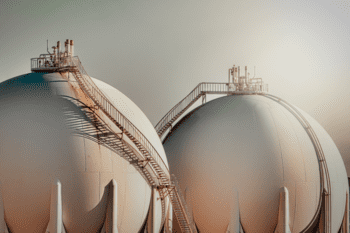
News
(Latest update May 3, 2024) Recording changes to Russian oil exports and EU oil imports since the war in Ukraine Russia’s war in Ukraine has triggered a major upheaval in the global oil markets, forcing Moscow to find alternative buyers and Europe to source new supplies as Western sanctions seek to clamp down on Moscow’s vital oil revenues. With an EU embargo and the G7 price cap on Moscow's oil now fully in place, Russian seaborne crude exports have remained largely resilient as displaced volumes of its discounted oil flow East. Russian oil product exports have also mostly held up with new buyers in Africa absorbing Russian diesel and other fuels now banned from Europe. Related stories: Russian oil product exports slump to post-pandemic low as drone hits resume (subscriber content)
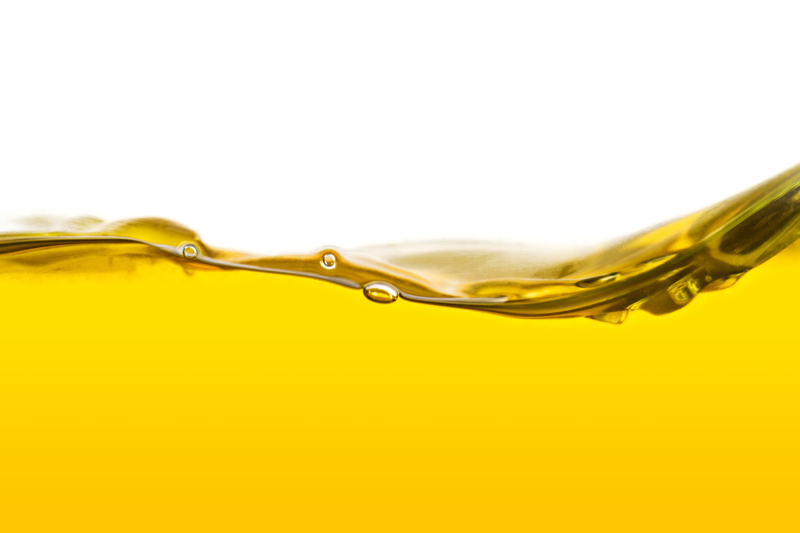
News
Global oil producers are increasingly touting efforts to reduce the carbon intensity of their upstream operations to stand out as investment dollars shrink during the energy transition. Some producers see carbon intensity rankings as a measure of which fields will have staying power, while environmental groups say the efforts ignore the much larger global warming emissions created downstream when the oil is refined for transportation, shipping and petrochemicals. S&P Global Commodity Insights Analytics has expanded its carbon intensity calculations to 162 fields and 41 grades. The greenhouse gas emissions represent current operations from the wellhead to storage/export terminal. The newest expansion of fields and grades covers Central, South, and North America. South and Central American grades are shown in the infographic below.